NCTS Colloquium: Spinor Slow Light and Photonic Bandgap Properties
In this talk, I will report how we produced two-component or spinor slow light (SSL) and discuss a possible SSL application for engineering photonic bandgap media. The previous experiments all dealt with the single-component slow light. For the first time, we experimentally demonstrated SSL using a double-tripod atom-light coupling scheme [1]. As demonstrated in our work, SSL can be exploited in quantum memory/rotator for two-color qubits, interferometers for sensitive measurements, and high-efficiency media for nonlinear frequency conversion. Furthermore, SSL may lead to interesting physics such as spinor Bose-Einstein condensation of dark-state polaritons [2], Dirac particles [3], and photonic bandgap properties [4].
[1] “Experimental demonstration of spinor slow light,” Nature Commun. 5, 5542 (2014).
[2] “Bose-Einstein Condensation of Stationary-Light Polaritons,” PRL 101, 163601 (2008).
[3] “Spinor Slow-Light and Dirac Particles with Variable Mass,” PRL 105, 173603 (2010).
[4] “Photonic-band-gap properties for two-component slow light,” PRA 83, 063811 (2011).
Lunch boxes will be provided for registered participants,


